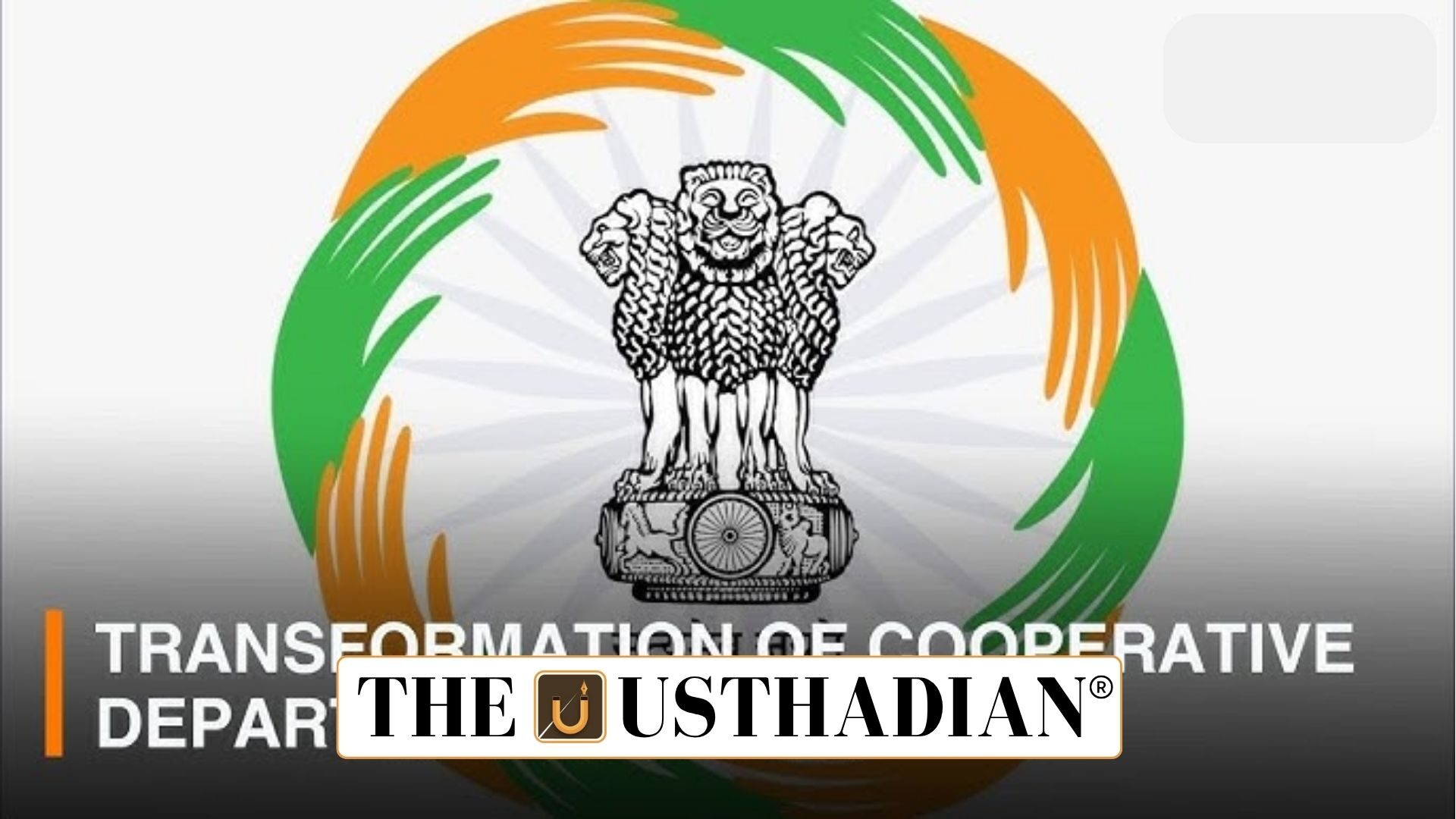Revamping the cooperative sector
Transforming India’s Cooperative Ecosystem: The National Cooperative Policy 2025 marks a fresh direction for India’s cooperative framework, replacing the policy adopted in 2002. It aims to create a dynamic and inclusive cooperative environment, capable of supporting both economic and social development, particularly in underserved rural regions.
A primary objective is to increase the cooperative sector’s share in GDP threefold by 2034, while expanding outreach and membership nationwide.
Foundation of six guiding themes
The strategy is anchored in six primary themes:
- Reinforcing cooperative roots
- Driving sector dynamism
- Preparing for future challenges
- Fostering inclusion
- Broadening accessibility
- Engaging the youth
These pillars are designed to make cooperatives resilient, innovative, and adaptable in a changing economic landscape.
Clear targets for inclusive growth
The policy outlines ambitious milestones:
- Raise the number of cooperatives from 8.3 lakh to more than 10.7 lakh
- Actively engage 50 crore dormant or non-participating individuals
- Set up 2 lakh PACS units by February 2026
Static GK fact: PACS (Primary Agricultural Credit Societies) serve as the foundation of India’s rural credit system, providing short-term loans and essential inputs to farmers.
These goals are set to ensure universal cooperative access across villages.
Legal updates and capacity building
Recognizing outdated legal constraints, the new framework proposes essential legislative changes. Cooperative banks will now be subject to Banking Regulation Act oversight, with the RBI adopting a supportive role tailored to the sector’s needs.
A key highlight is the establishment of Tribhuvan Sahkari University, which will focus on leadership training, governance standards, and institutional development.
Static GK Tip: India’s cooperative structure is among the world’s largest, with over 8.5 lakh registered societies.
Broad-based policy development
The formulation of the policy followed a collaborative and consultative process. It was led by a 48-member expert group under former Union Minister Suresh Prabhu. Through 17 national meetings and 4 regional consultations, more than 648 suggestions were collected to shape a policy rooted in ground realities.
Diversification into emerging fields
The policy promotes cooperative presence in non-traditional industries such as:
- Eco-tourism and shared transport
- Micro-insurance and financial products
- Renewable and clean energy ventures
This diversification is aimed at boosting employment and rural livelihoods, while also making cooperatives future-ready.
Static GK Tip: The Union Ministry of Cooperation, established in 2021, is dedicated to empowering cooperatives through policy and administrative support.
Static Usthadian Current Affairs Table
Transforming India’s Cooperative Ecosystem:
| Topic | Detail |
| Launch of New Policy | 2025 |
| Replaces | 2002 Cooperative Policy |
| GDP Contribution Goal | 3x increase by 2034 |
| PACS Expansion Plan | 2 lakh by Feb 2026 |
| New Cooperative Societies Target | Over 10.7 lakh |
| Member Activation Target | 50 crore individuals |
| Legal Reform Involved | Banking Regulation Act with RBI supervision |
| Training University | Tribhuvan Sahkari University |
| Strategic Pillars | Six, including youth and innovation focus |
| Head of Policy Committee | Suresh Prabhu |








